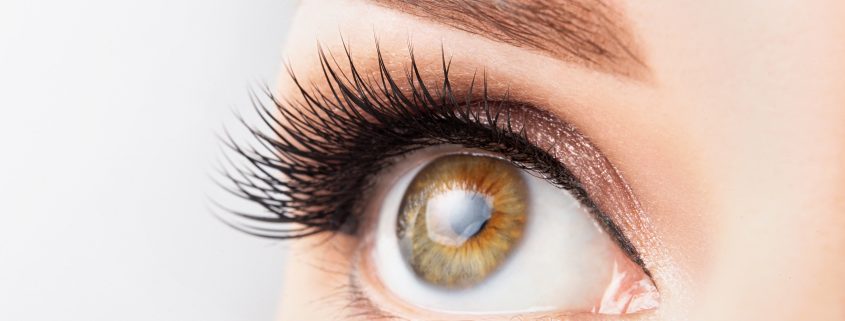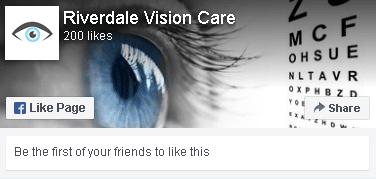Recognizing the Early Signs of Cataract Development
Globally, eye cataracts rank as the main reason for blindness in individuals who are over the age of 55. According to projections provided by The National Eye Institute, by 2050 the number of individuals in the United States with this condition is expected to double from 24.4 million to around 50 million.
Recognizing the Early Signs of Cataract Development
A cataract is an opaque area that develops in the clear crystalline lens of the eye. Cataracts can develop in one eye or in both eyes. Despite the fact that cataracts are a common condition, the majority of cases do not become evident until they have progressed to the point where the patient’s eyesight is affected.
Signs and symptoms of cataract development:
Blurry vision is usually the first symptom of cataracts. If left untreated, as the cataracts continue to develop, the vision becomes blurrier and the clear crystalline lens begins to cloud.
Once the clear crystalline lens becomes clouded, color perception decreases. The color white will appear more yellow and the other colors, in general, will lose their vibrance.
Light and glare sensitivity occurs when the cataract interrupts the ability of the light to enter the eye and follow a clear path to the retina. The absence of this clear path causes the light to scatter. As the light emanates from headlights, lamps and the sun, individuals with cataracts will experience a fanning out of the light, which is referred to as a halo.
Trouble reading fine print can be a symptom of cataracts. The clear crystalline lens is comprised mostly of protein and water. A healthy lens allows light to pass through, however, if a cataract develops, it clumps these proteins together negatively affecting the ability of the eye’s refractive mirror to discern small print.
Treating Cataracts
Since cataracts can be treated, once the signs and symptoms become evident, make an appointment with an experienced Optometrist. The Optometrist can perform several tests to determine if the issues being experienced are due to cataracts. If they are, the doctor creates a custom-designed treatment plan to manage the condition. When cataracts are severe, surgical intervention may be required. The Optometrist may recommend that the patient visit an Ophthalmologist for an evaluation.
If you reside in or around Riverdale, New Jersey, and you have noticed changes in your vision, it is vital that you have your eyes examined promptly. An Optometrist at Riverdale Vision Care can examine your eyes to determine if you have cataracts, glaucoma or if there is some other issue that is affecting your eyesight.
To make an appointment with one of the experienced, caring Optometrists at Riverdale Vision Care, call 973-248-0060 today.






Leave a Reply
Want to join the discussion?Feel free to contribute!